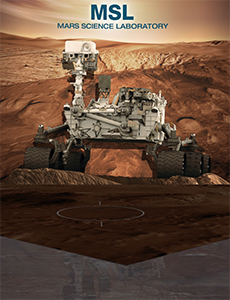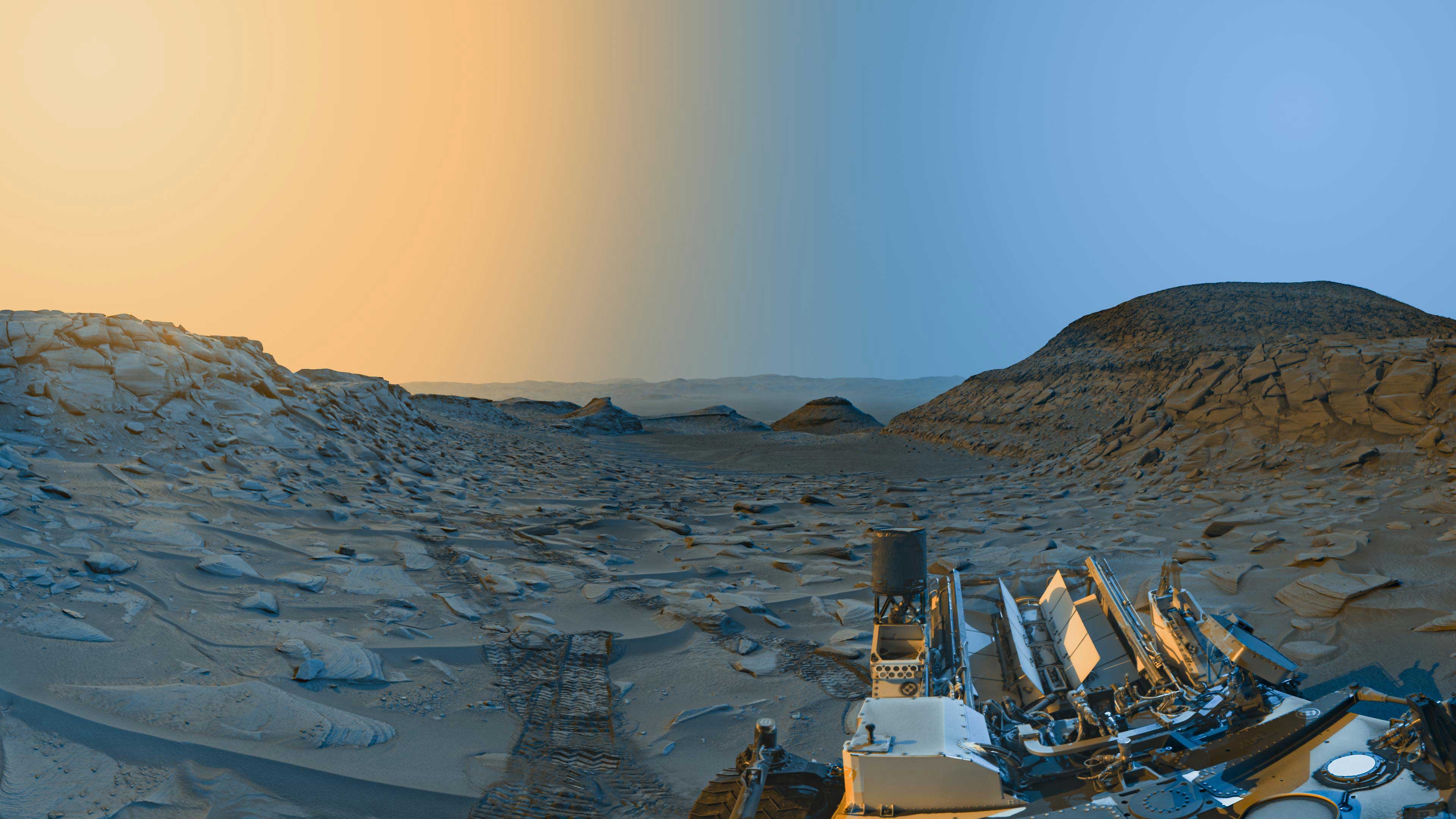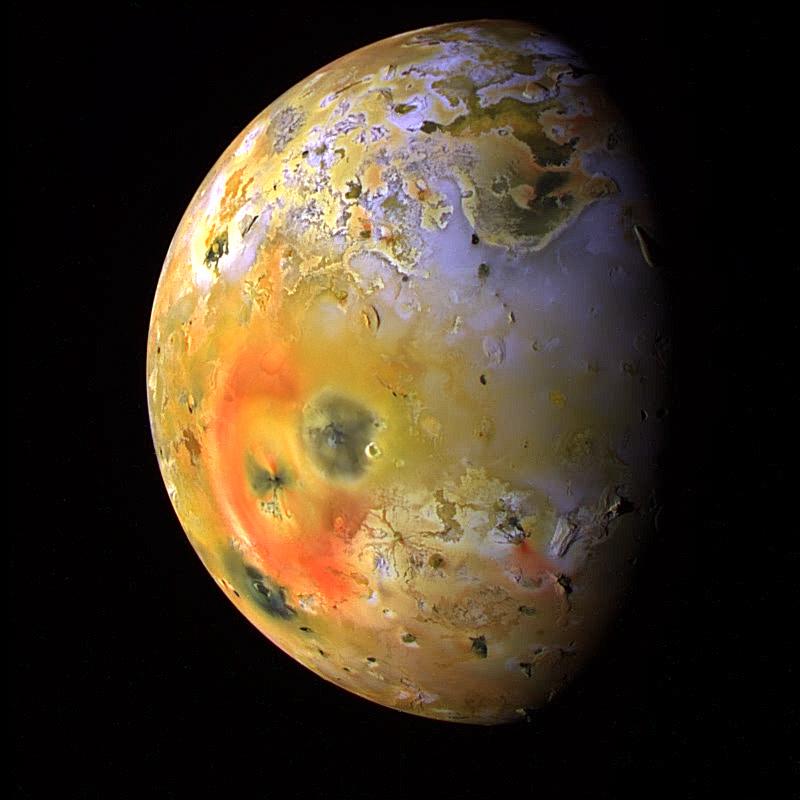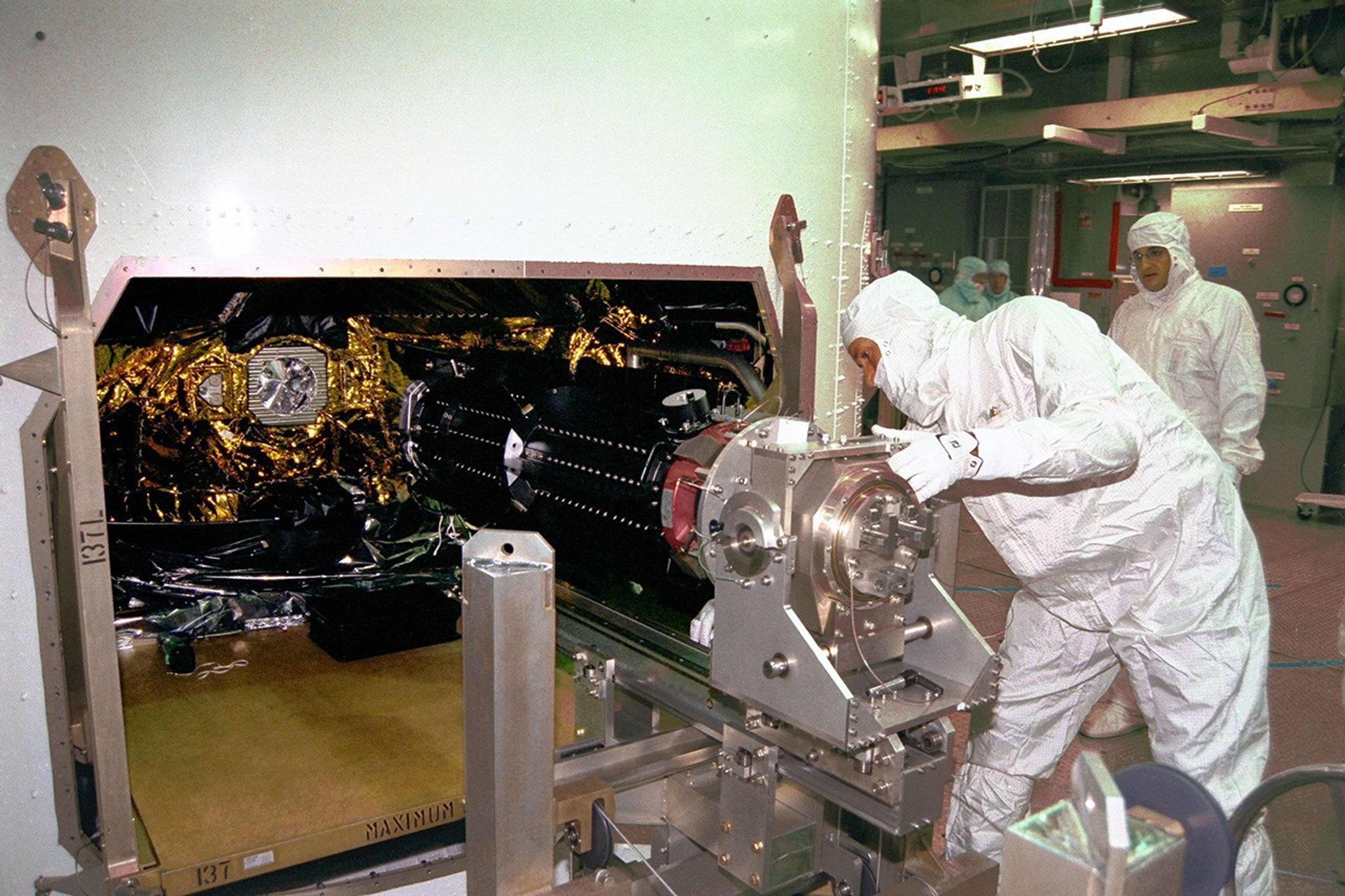
Radioisotope Power Systems
Space nuclear power to explore the deepest, dustiest, darkest, and most distant regions of our solar system and beyond.
NOW
Active Missions
Years in Service at NASA
Active Missions
RPS — short for radioisotope power systems — are a type of nuclear energy technology that uses heat to produce electric power for operating spacecraft systems and science instruments. That heat is produced by the natural radioactive decay of plutonium-238.
2025 Power to Explore Student Challenge
K-12 students, your task is to plan a mission that uses Radioisotope Power Systems (RPS) to a dark, dusty, or far away moon in our solar system.
Learn MoreThe Voyagers owe their ability to operate at such great distances from the Sun to their nuclear electric power sources, which provide the electrical power they need to function.

Dr. Edward Stone (1936-2024)
Voyager Project Scientist
From a Source of Heat Comes Power to Explore
Radioisotope Power System (RPS) provide electricity and heat that enable spacecraft to explore beyond the capabilities of solar power, chemical batteries, and fuel cells.
It might sound surprising, but there are currently only two practical options for providing a long-term source of electrical power for exploring space: the light of the sun or heat from a nuclear source such as a radioisotope.
Read More
A Critical Technology
RPS — short for radioisotope power systems — are sometimes referred to as a type of "nuclear battery."
RPS offer the key advantage of operating continuously over long-duration space missions, largely independent of changes in sunlight, temperature, charged particle radiation, or surface conditions like thick clouds or dust. Some of the excess heat produced by RPS can be used to enable spacecraft systems to operate in extremely cold environments.
Read More
A Legacy of Exploration
RPS have enabled NASA's exploration of the solar system since the Apollo era of the late 1960s.
The U.S. Navy launched the first radioisotope power system in 1961. A total of 24 NASA missions have successfully flown with an RPS since 1969. Five radioisotope power systems powered missions are currently active. One new mission — NASA's Dragonfly quadcopter — is in development.
Read More



























